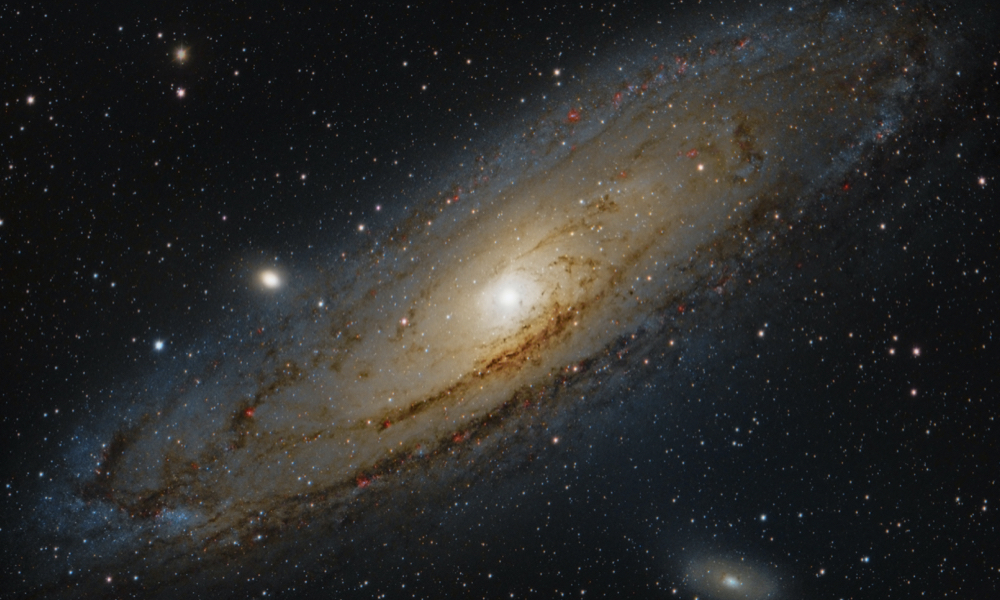
ESA Open Invitation to Tender AO9047
Open Date: 25/07/2017
Closing Date: 05/09/2017 13:00:00
Status: ISSUED
Reference Nr.: 17.155.13
Prog. Ref.: Fut.Mis.Prep.
Budget Ref.: E/E104-E5 – Fut.Mis.Prep.
Special Prov.: BE+DK+FR+DE+IT+NL+ES+SE+CH+GB+IE+AT+NO+FI+PT+GR+LU+CZ+RO+PL+EE+CA+SI
Tender Type: C
Price Range: 200-500 KEURO
Products: Satellites & Probes / Payloads / Instruments / InfraRed instruments / Telescopes,
Satellites & Probes / Payloads / Instruments / Optical Instruments / Imaging radiometers
Satellites & Probes / Payloads / Instruments / Optical Instruments / Optical Telescopes
Techology Domains: Optics / Optical System Engineering / Overall Optical System Definition, Design and Engineering
Establishment: ESTEC
Directorate: Directorate of EO Programmes
Division: Future Missions & Instrument Division
Contract Officer: Tchoualack, Cendrine
Industrial Policy Measure: N/A – Not apply
Last Update Date: 25/07/2017
Update Reason: Tender issue
This activity is part of the POLARIS programme within the EOEP-5 envelope. Its objective is to consolidate and formalise a set of requirements for the Arctic Imager Mission (AIM). This mission concept aims at filling the gap in meteorological operational servicesin the Arctic and Nordic regions caused by the limitations of observations from GEO weather satellites like MeteoSat. This gap is only very partially filled by using the LEO weather satellites like MetOp, for various reasons. So the AIM will fill it by deploying asmall constellation of imagers similar to those of MeteoSat Third Generation, but on an Highly Elliptical Orbit, inclined at 63 degrees, akin to those used by Russian Molnyia missions. It has similarities to the Arkitka or PCW projects from Russia and Canada.The activity will focus first on characterising the coverage gap in terms of geometry and time dependance, and deriving from this mission geometry and coverage performance requirements for the AIM. It will then perform a channel optimisation study and also look at specific Arctic and Nordic conditions, nowcasting requirements, and operational aspects. The main end result of the activity will beaMission Requirement Document, to be used as an input to later industrial phase A studies within POLARIS.
If you wish to access the documents related to the Invitation to Tender, you have to log in to the ESA Portal.
